Using Blinds For Late-Season Success
By: Heath Wood
Many hunters spend their off-seasons preparing for the future, hoping that the upcoming year will bring about the mature buck of their dreams.
Months of hard work and preparation have hunters setting their sights on a period that is often the season’s main event, sweet November. Yet, when the latter portion of the season arrives, they look back on that treasured time, only to analyze what they did wrong and why things didn’t go as planned. If you enter the month of December with a buck tag still in your pocket, don’t lose hope, there is still adequate time to take advantage of the late season and wrap your tag around the leg of the buck of your dreams.
Blinds Near Food

One of my favorite tactics for hunting during the late season is using blinds to make the needed adjustments to gain the upper hand on bucks.
At the end of the year, areas near food are one of the best places to find deer movement. Several factors play into why deer are predictable at being on a significant food source later in the year. The first element is that bucks are coming off the rut, in which the excessive traveling and hunt for does in estrus have taken a toll on their bodies and health. To replenish their fat and energy to a normal level, deer will feed heavier at this point. Typically, winter is also when colder temperatures arrive across the country, and deer require more food to stay warm. Bucks working on regaining their health and adding to their body weight are why having a ground blind or elevated stationary blind near food is necessary.
Keeping an elevated box blind, such as The Office Box Blind from Hawk, is the ideal location to hunt late-season bucks. A field will likely be full of deer when hunting over late-season food sources. When hunting in a blind such as The Office, hunters have the advantage of keeping noise control to a minimum and their thermals trapped inside, which helps prevent deer from smelling them. Not to mention, during the cold winter month, they can stay much warmer and more comfortable compared to sitting in an open treestand.

Mobile Adjustments With Ground Blinds
Although box blinds are great for hunting during the colder late season, hunters must keep a portable blind such as the Hawk Mancave Ground blind if quick adjustments are needed to get on the path of a mature buck and make the harvest.

This past year, the Midwest suffered a severe drought throughout the spring and summer. With very little rain, food plots didn’t grow as expected, and many other factors that stem from dry weather dramatically changed the deer’s travel patterns. Personally, I dealt with dry conditions near my home in southern Missouri throughout the entire summer, which resulted in using ground blinds during the late season. In one of the places I hunt, the deer share the timber, fields, and water with the landowner’s cattle. In a typical year, the farmer will move the cows to pastures far from the area where I hunt. In the summer, I hang most of my treestands based on past experiences and normal travel patterns from the deer. However, this year due to a lack of rain, the landowner’s pastures suffered and failed to produce enough food for the livestock. The lack of green pastures resulted in the cattle being in the areas where I hunted when fall arrived. With all the remaining grass going to the cattle, plus a massive acorn crop, the deer movement patterns were dramatically different from the past. All my pre-hung stand locations saw deer movement at a minimum throughout the rut and during the season’s prime.
To make the proper adjustments to increase my chances during the remainder of the season, I reverted to a method I have used in the past: using a ground blind to quickly move into a new area where deer movement is more prominent. When deer become pressured due to hunting or are pushed out of an area by livestock or unpredictable weather conditions, as with my hunting area, they will move their travel routes to gain better access to food, cover, and water. Because this is a temporary move, I want to avoid moving treestands to that area or taking the risk of spooking deer. Instead, I used a portable Hawk ground blind and made a quick setup in the new area. To help determine where to move into an area with a ground blind, use a cellular game camera to help pattern where mature bucks are located. One of my favorite things about late-season occurs when new bucks, or bucks who have gone MIA throughout the rut, start popping up on my Stealth Cam cameras. Often, a couple of weeks after the rut is done, bucks will begin to return to their usual grounds along with newcomer bucks who seek out does that may be getting ready to come into estrus during the second rut. With cellular cameras, the hunter can observe when bucks are most active, then move into the area with their blind and hunt. Often, hunters harvest mature bucks during this period, which they have never encountered before.
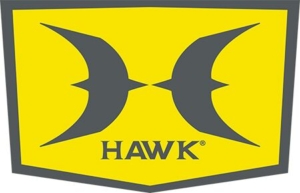
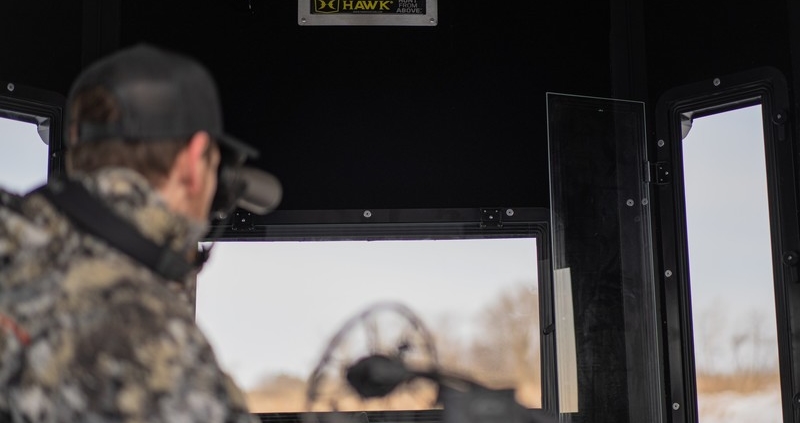

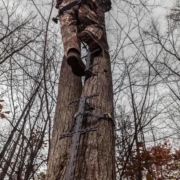
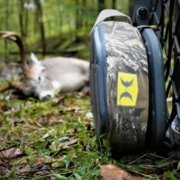
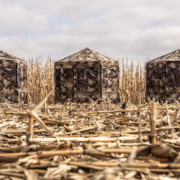
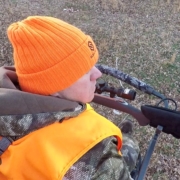
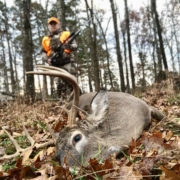
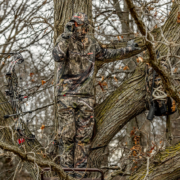
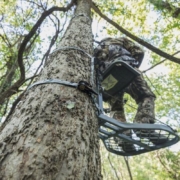


Leave a Reply
Want to join the discussion?Feel free to contribute!